Undrafted College Football Players Should Be Allowed to Return to CFB
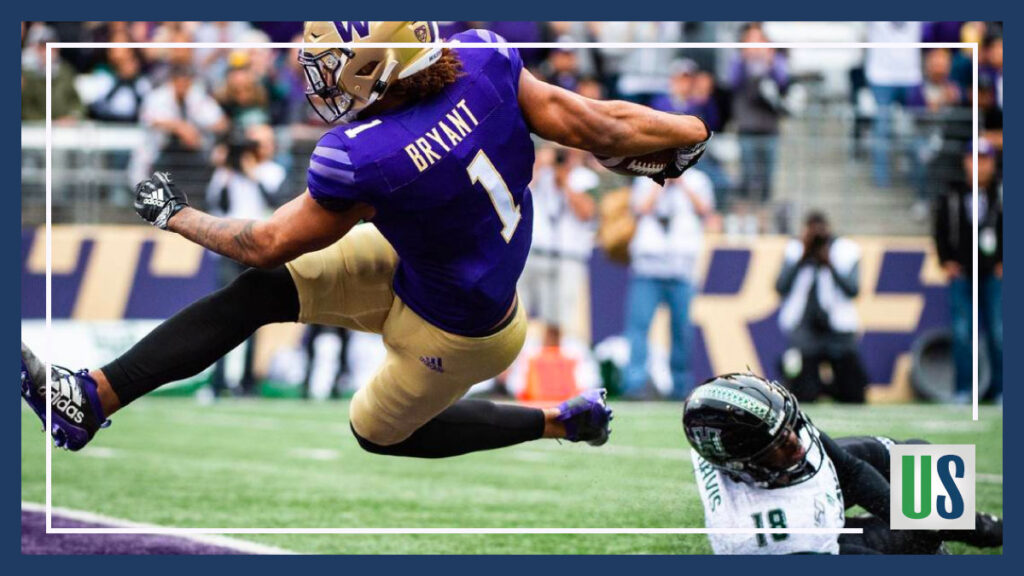
The 2020 NFL Draft was definitely one to remember. It was completely virtual due to the Coronavirus. Potential draft picks watched at home. They awaited a phone call informing them that they were selected by an NFL team. Elite players, like Joe Burrow and Chase Young, accomplished their goal of being a first-round NFL Draft […]
Why Top HS Basketball Recruits Will Skip College for NBA G-League
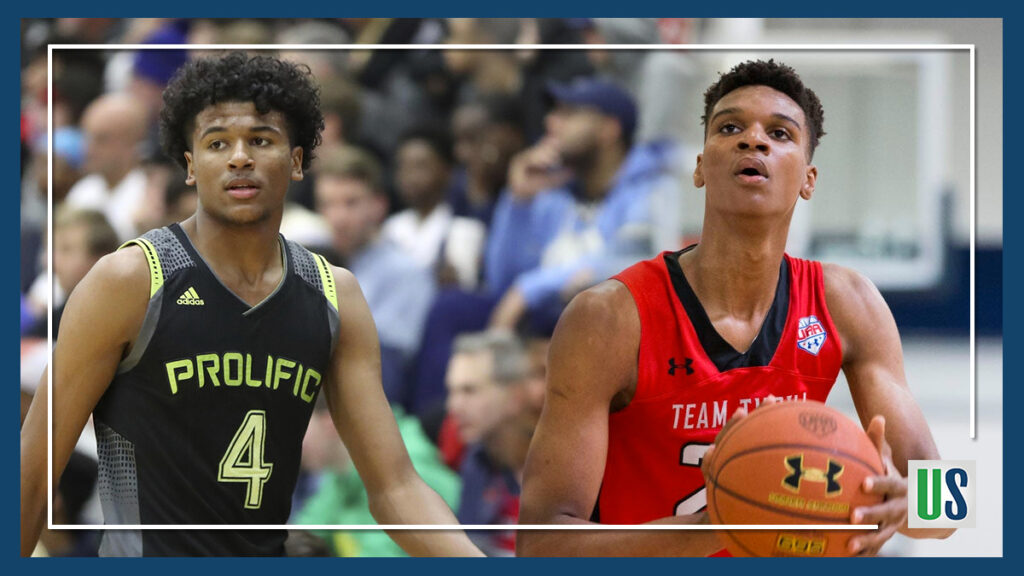
The NCAA is at a crossroads in regards to the future of big-time college sports. This is true whether the NCAA chooses to acknowledge it or not. It is especially true when it comes to college basketball. Over the last few years, several highly ranked high school basketball prospects have opted out of college and […]
LaMelo Ball Foregoing NCAA for a More Profitable Path to the NBA Draft
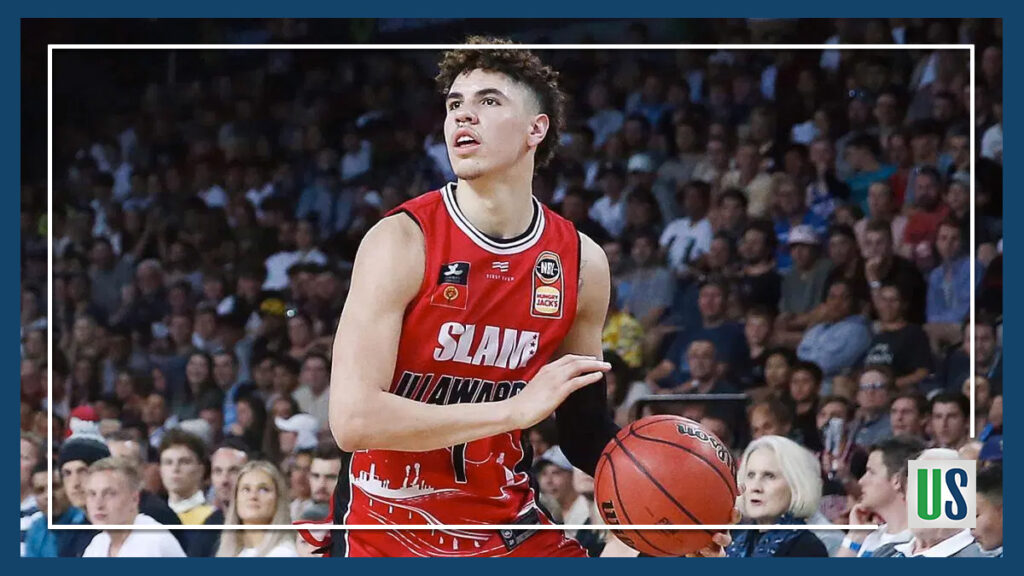
The pressure is on for the NCAA once again! Another high-level NBA Draft prospect is showing that there could be a more prosperous road to the NBA than college basketball. On April 2, 2020, news broke that LaMelo Ball and his manager, Jermaine Jackson, plan to purchase the IIawarra Hawks. The Ilawarra Hawks is the […]
Did NCAA Really Agree to Allow College Athlete NIL Compensation? Nope
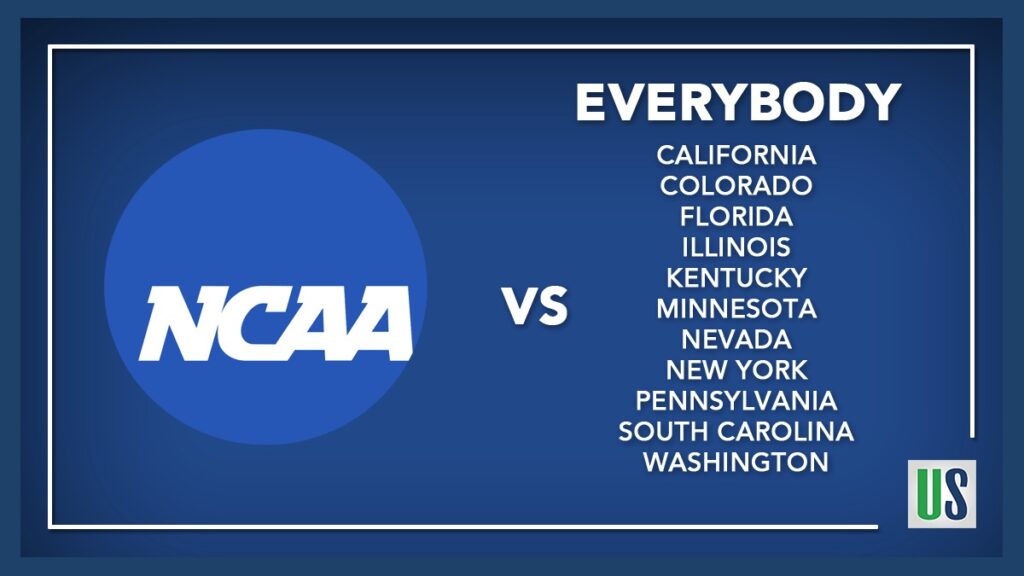
On Tuesday, the NCAA’s working group released its decision on the college athlete name, image, and likeness (NIL) compensation issue. Or did they? All of the headlines immediately read that the NCAA allows college athlete NIL compensation. At first glance, the NCAA’s statement would lead one to believe that they did just that. The statement […]
NFL Players Should Use the CBA to Force the NFL to Become Player Centric
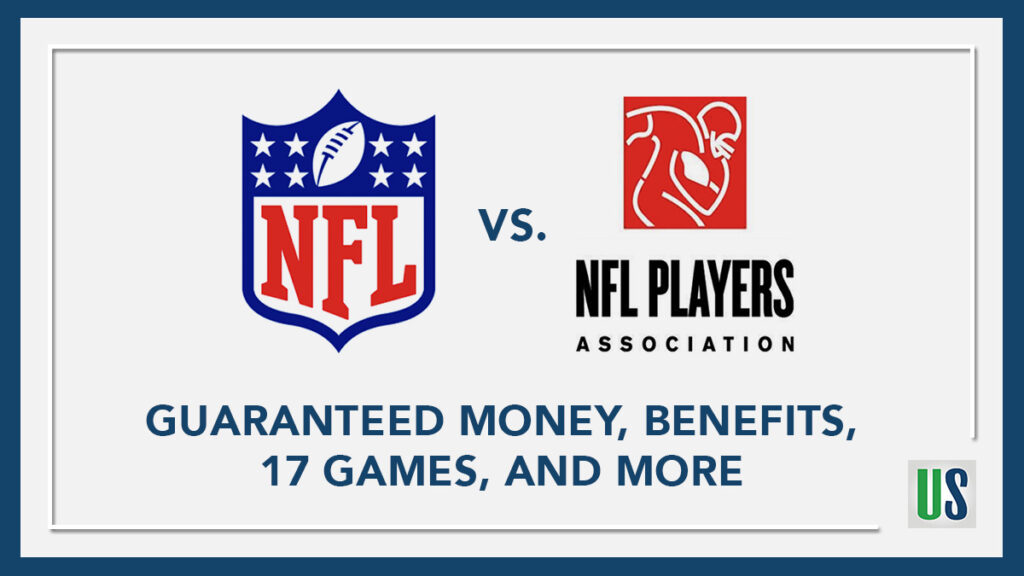
NFL players are at a pivotal moment. They are faced with the decision of whether to approve the proposed collective bargaining agreement (CBA). For months, NFL ownership and the NFL Players Association (NFLPA) have worked to create an equitable CBA. On February 26, 2020, the NFLPA Board of Player Representatives voted to send the proposed […]
The NFL’s Rooney Rule Needs to be Revamped, But How?
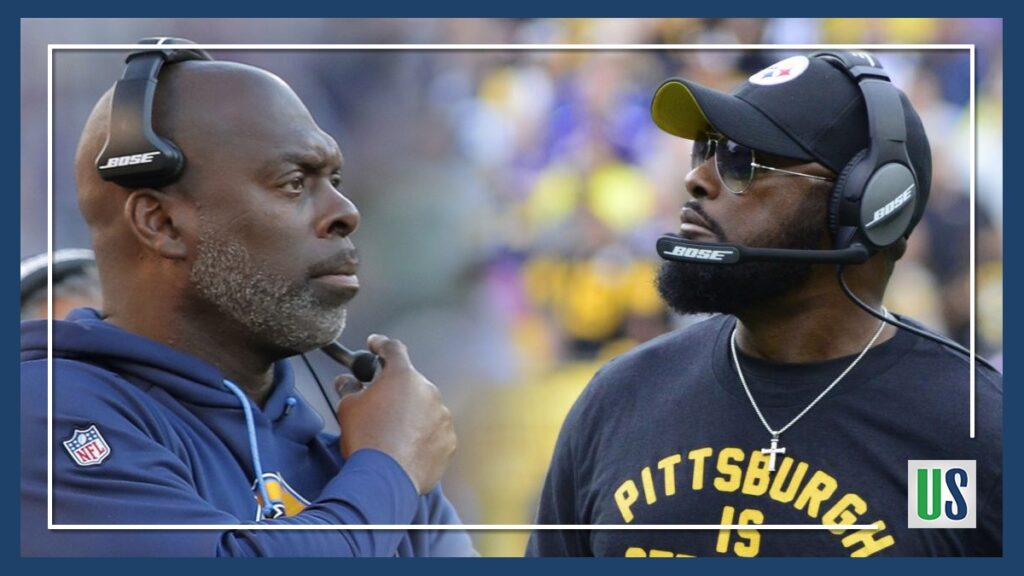
When the Cleveland Browns selected Kevin Stefanski to be their new head coach, it eliminated any possibility that the NFL would increase its number of minority head coaches for the 2020-2021 season. 32 teams make up the NFL. Of those teams, only four have a minority head coach. There are three African-American head coaches – […]
NCAA Addressed NIL Compensation Before the United States Senate

College basketball is in full swing! The NCAA and college basketball fans are gearing up for the March Madness tournament. In the weeks to come, fans will fill out brackets predicting which teams they believe will make it to the Final Four. The NCAA again stands to generate a billion dollars from the tournament, which […]
Farewell to Kobe Bryant – The Black Mamba
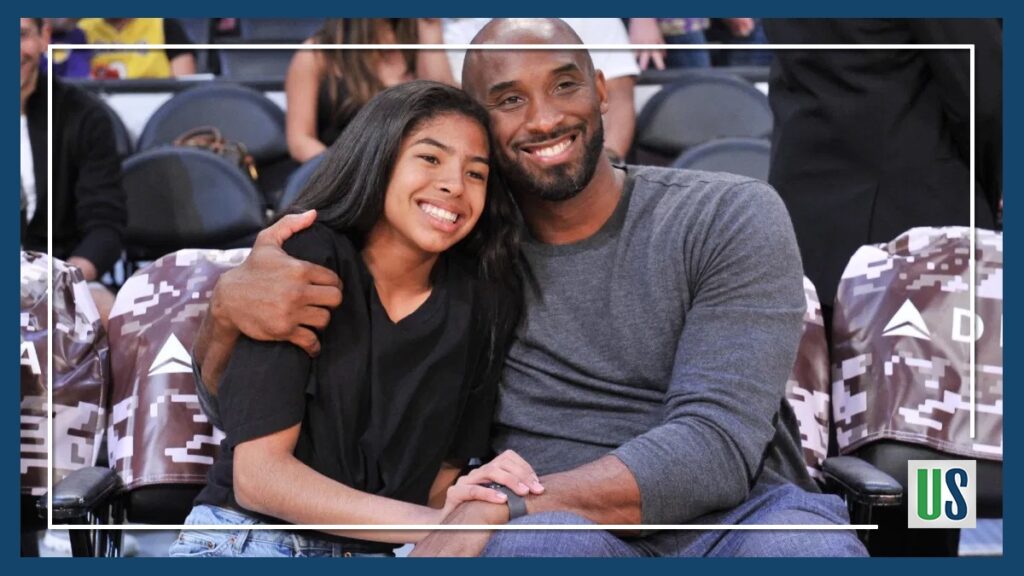
On Saturday night, NBA fans were abuzz that LeBron James was only 18 points away from eclipsing Kobe Bryant on the NBA’s all-time scoring list. It was truly poetic that James, now a Los Angeles Laker would surpass one of the all-time greatest Lakers, Kobe Bryant, in Bryant’s hometown of Philadelphia. King James and the […]
Jeezy Joins Jay-Z and Lil’ Wayne in the World of Sports Agency
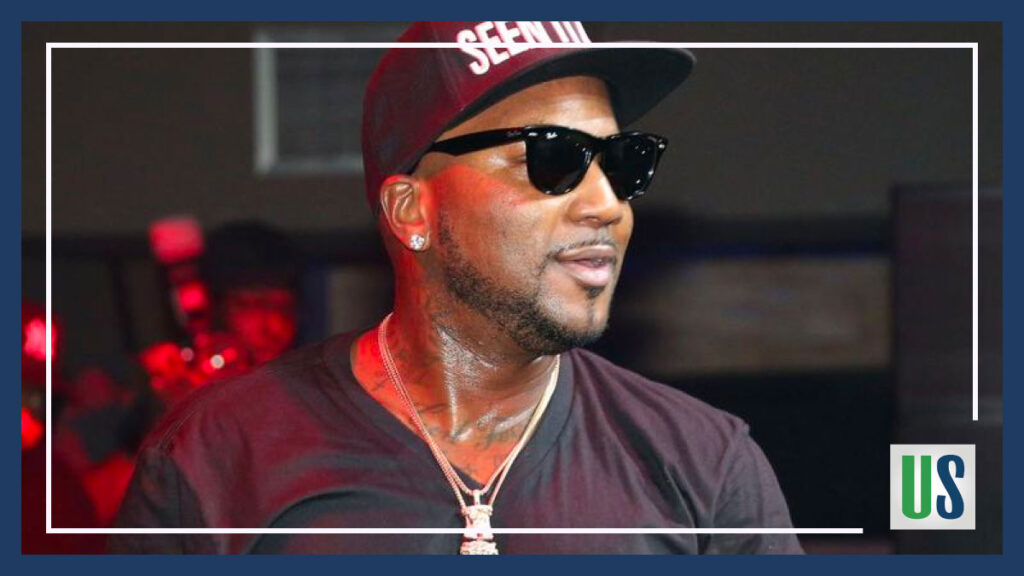
The worlds of hip-hop and sports are unavoidably intertwined. Many athletes want to be rappers. Many rappers want to be athletes. The cultural influence that hip-hop has on sports should come as no surprise. Many who aspire to be athletes often aspire to be musicians and vice versa. Drake highlighted this reality in his hit […]
Madness Inc Report: Don’t Criticize Players Who Sit Out Bowl Games
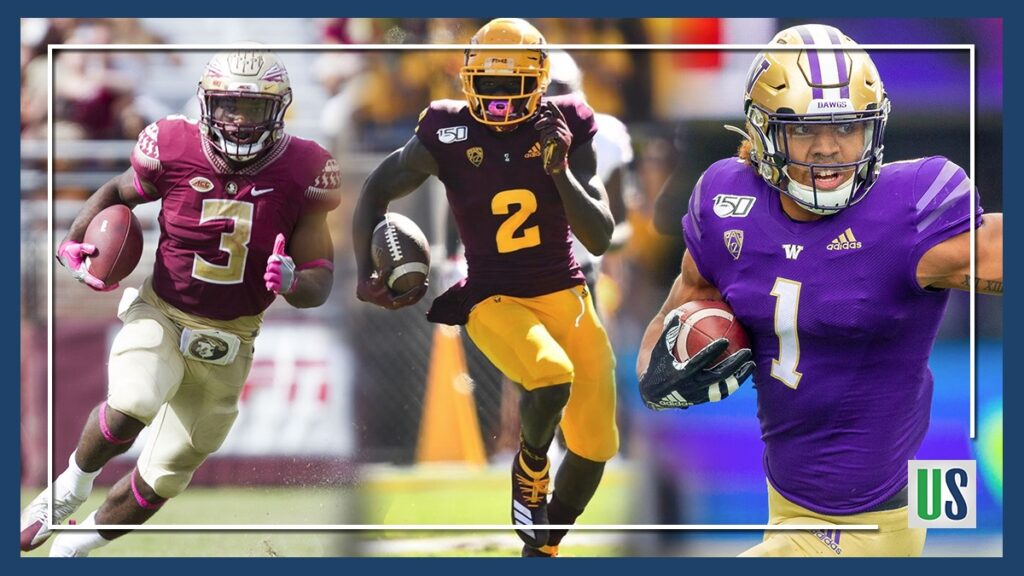
As the college football post-season begins, the list of players opting out of post-season play continues to grow. This is not a new phenomenon. In fact, it appears to be a growing trend. Several players have already announced their intentions to sit out of bowl games. A couple of those players include Brandon Wimbush from […]